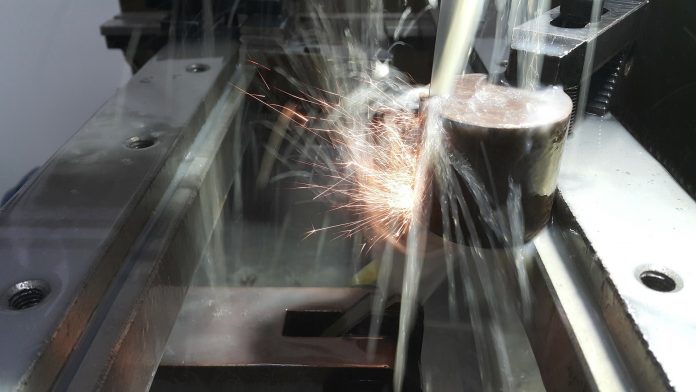When you are planning on manufacturing a product, you need to optimize its design based on the manufacturing method you are going to use. When outsourcing the production to 3D printing services, the design should thus have been made while keeping the 3D printing design rules in mind. This is also the case for a part that will be CNC machined instead of 3D printed, which can be done with the help of CNC machining services. Below you can find four important rules you have to keep in mind when designing a part that will be CNC machined.
Internal edges
Internal edges in a CNC machining design should have a vertical corner radius of at least 1/3 x cavity depth, although it can be larger too. Using this recommended value ensures that the machine shop can use a suitable diameter tool. This also aligns with the cavity depth that is recommended by experts. By increasing the corner radii a bit above the recommended value, you allow the tool to cut a circular path, so it does not cut a 90 degree angle. On top of that, the floor radius should be 0,5 millimeter, 1 millimeter or no radius at all.
Cavities
On the other hand, it is recommended that the depth of a cavity is 4 x cavity width in the design of a product that will be made with the help of CNC machining. By limiting the depth of the cavity to four times its width, you ensure good results. This is the case since end mill tools have a limit when it comes to their cutting length, usually 3 to 4 times their diameter. When you design cavities with smaller depth to width ratio, tool deflection, vibrations, and chip evacuation will become more prominent.
Holes
The diameter of a hole in a CNC machining design should have standard drill bit sizes. However, any diameter larger than 1 millimeter is feasible. The recommended depth of a hole is 4 times its nominal diameter. However, typically you will see that the maximum depth is 10 times its nominal diameter. An end mill tool will have to be used to machine holes with non-standard diameters. The maximum cavity depth restrictions apply in this case, while you should also use the recommended maximum depth value. By the way, a maximum depth 40 times its nominal diameter is still feasible.
Walls
A wall used in a product that will be CNC machined should have a minimum thickness of 0,8 millimeter for metals and 1,5 millimeter for plastics. On top of that, a minimum wall thickness of 0,5 millimeter or 1,0 millimeter is feasible when it comes to metals and plastics. If you decrease the wall thickness, you instantly reduce the stiffness of the used material. This will increase vibrations during CNC machining, while it lowers the achievable accuracy as well. Especially for plastics, the recommended minimum wall thickness should be used, since these materials are prone to warping and softening.

